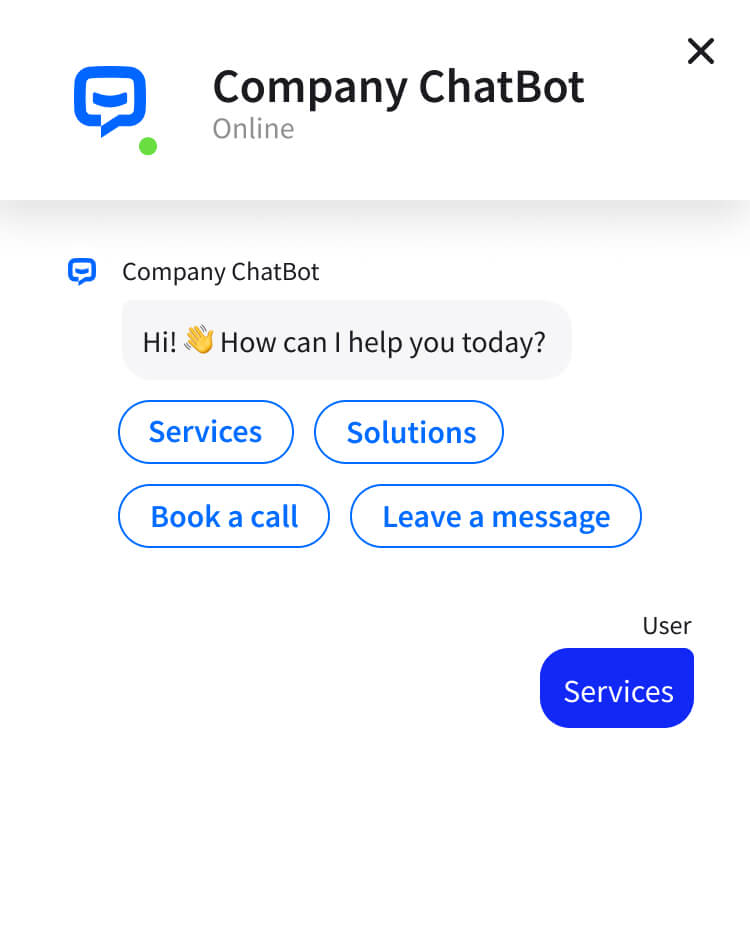
Deep learning can't help with some applications. There are some applications where deep learning is not able to help. These include classification problems that have little or no training information, applications that require multiple domain interoperability, and applications whose training data is very different than their training data. Deep learning must be combined and complemented by reinforcement learning, as well as other AI methods. Pascal Kaufmann has even proposed that neuroscience is the key to building real AI. What is the best way to build AI? You might be surprised at the answer.
Applications that require reasoning, general intelligence, or both
Deep learning has taken over artificial intelligence research in recent decades. Although the technology has made remarkable strides with speech recognition and game playing, it is unlikely that it will achieve general intelligence. Deep learning has one major limitation: it needs large datasets to train, and then work. This technique can perform poorly in areas with low data. Deep learning is possible for many applications. These include bio-information, computer search engines, and medical diagnosis.
Applications that require multi-domain integration
Central administration is a common IT model for enterprises. It allows one organization to manage all the computers, users, security permissions, and other IT functions. The decentralized administration model allows each department to maintain its own IT organisation. Multiple domain integration is an effective option for organizations that can't trust all business units. Multiple domain integration has many benefits. It allows you to control permissions and share resources with trusts.
Applications that do not require large volume of data
Deep learning can be difficult for large organizations, but small businesses can reap the benefits. It can classify and identify patterns without any human input. It also enables the creation of custom predictive models based on existing knowledge. Deep learning can enable organizations of all sizes to achieve breakthrough innovation through data insights and new business opportunities with the right partners and infrastructure.

Deep Learning benefits can be applied to unlabeled as well as labeled data. Deep Learning's high-level abstract representations enable quick search and retrieval. These representations are useful for Big Data Analytics because they can incorporate semantic and relational information. However, they are not suitable for all applications. Deep Learning can be beneficial for applications that do not require large quantities of data to perform deep learning.
FAQ
How will governments regulate AI
AI regulation is something that governments already do, but they need to be better. They need to ensure that people have control over what data is used. A company shouldn't misuse this power to use AI for unethical reasons.
They should also make sure we aren't creating an unfair playing ground between different types businesses. For example, if you're a small business owner who wants to use AI to help run your business, then you should be allowed to do that without facing restrictions from other big businesses.
Where did AI originate?
In 1950, Alan Turing proposed a test to determine if intelligent machines could be created. He stated that intelligent machines could trick people into believing they are talking to another person.
John McCarthy took the idea up and wrote an essay entitled "Can Machines think?" in 1956. In it, he described the problems faced by AI researchers and outlined some possible solutions.
What can AI do?
There are two main uses for AI:
* Prediction - AI systems can predict future events. AI systems can also be used by self-driving vehicles to detect traffic lights and make sure they stop at red ones.
* Decision making - AI systems can make decisions for us. So, for example, your phone can identify faces and suggest friends calls.
Statistics
- The company's AI team trained an image recognition model to 85 percent accuracy using billions of public Instagram photos tagged with hashtags. (builtin.com)
- That's as many of us that have been in that AI space would say, it's about 70 or 80 percent of the work. (finra.org)
- While all of it is still what seems like a far way off, the future of this technology presents a Catch-22, able to solve the world's problems and likely to power all the A.I. systems on earth, but also incredibly dangerous in the wrong hands. (forbes.com)
- In the first half of 2017, the company discovered and banned 300,000 terrorist-linked accounts, 95 percent of which were found by non-human, artificially intelligent machines. (builtin.com)
- According to the company's website, more than 800 financial firms use AlphaSense, including some Fortune 500 corporations. (builtin.com)
External Links
How To
How to setup Google Home
Google Home is a digital assistant powered artificial intelligence. It uses natural language processing and sophisticated algorithms to answer your questions. Google Assistant lets you do everything: search the web, set timers, create reminds, and then have those reminders sent to your mobile phone.
Google Home can be integrated seamlessly with Android phones. Connecting an iPhone or iPad to Google Home over WiFi will allow you to take advantage features such as Apple Pay, Siri Shortcuts, third-party applications, and other Google Home features.
Google Home is like every other Google product. It comes with many useful functions. Google Home can remember your routines so it can follow them. So when you wake up in the morning, you don't need to retell how to turn on your lights, adjust the temperature, or stream music. Instead, just say "Hey Google", to tell it what task you'd like.
These steps are required to set-up Google Home.
-
Turn on Google Home.
-
Hold down the Action button above your Google Home.
-
The Setup Wizard appears.
-
Select Continue.
-
Enter your email address.
-
Click on Sign in
-
Your Google Home is now ready to be